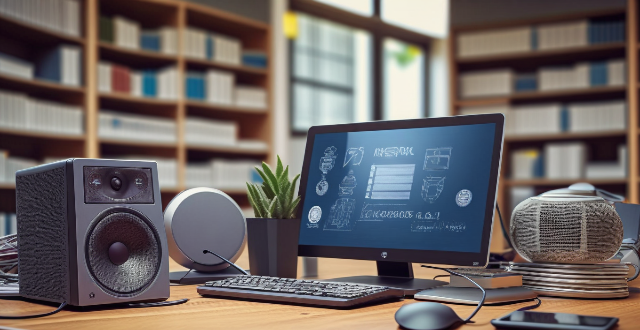Signal boosters are devices that enhance cellular signals in areas where signal strength is weak. While they are commonly used in homes and offices to improve communication and connectivity, there are safety concerns associated with their use. These include potential increases in radiation exposure, interference with other electronic devices, and legal issues related to local regulations and carrier agreements. To use a signal booster safely, it is important to follow the manufacturer's instructions carefully, position the booster away from other electronic devices, research local regulations and carrier agreements, monitor performance regularly, and maintain the device properly. By taking these precautions, you can help ensure that your signal booster remains safe and effective over time.

Is it Safe to Use a Signal Booster in My Home or Office?
Introduction
Signal boosters are devices that enhance the strength of cellular signals, providing better reception and coverage in areas where signal strength is weak. They are commonly used in homes, offices, and other buildings to improve communication and connectivity. However, many people wonder if using a signal booster is safe. In this article, we will explore the safety concerns associated with signal boosters and provide guidance on how to use them safely.
Safety Concerns
Radiation Exposure
One of the main concerns about using a signal booster is the potential for increased radiation exposure. Cellular signals are a form of electromagnetic radiation, and some people worry that amplifying these signals could lead to higher levels of radiation exposure. However, studies have shown that the amount of radiation emitted by signal boosters is very low and falls within safe limits set by regulatory agencies such as the Federal Communications Commission (FCC) in the United States.
Interference with Other Devices
Another concern is that signal boosters may interfere with other electronic devices in your home or office. This can cause problems such as static or interference on phone calls, television reception issues, or even damage to sensitive equipment. To minimize the risk of interference, it is important to follow the manufacturer's instructions carefully and position the booster away from other electronic devices.
Legal Issues
Finally, there are legal considerations to take into account when using a signal booster. In some cases, using a booster may violate local regulations or carrier agreements. It is important to research the laws and regulations in your area before purchasing and installing a signal booster to ensure that you are not breaking any rules.
How to Use a Signal Booster Safely
Follow Manufacturer's Instructions
The first step in using a signal booster safely is to follow the manufacturer's instructions carefully. This includes proper installation, placement, and maintenance of the device. Make sure to read all documentation thoroughly and consult with a professional if necessary.
Keep Away from Other Electronic Devices
As mentioned earlier, it is important to position the booster away from other electronic devices to minimize the risk of interference. This means keeping it away from computers, televisions, radios, and other sensitive equipment. If possible, try to locate the booster near an exterior wall or window to maximize its effectiveness while minimizing potential interference with other devices.
Research Local Regulations and Carrier Agreements
Before purchasing and installing a signal booster, make sure to research the laws and regulations in your area regarding their use. Additionally, check with your cellular carrier to see if they have any specific requirements or restrictions regarding the use of signal boosters on their network. This will help ensure that you are not violating any rules or agreements.
Monitor Performance and Maintain Properly
Once you have installed your signal booster, it is important to monitor its performance regularly and maintain it properly. This includes checking for any signs of interference or damage and replacing any worn or damaged components as needed. By following these steps, you can help ensure that your signal booster remains safe and effective over time.